The Best Game Emulators for the PC – Dolphin, Cemu and more!
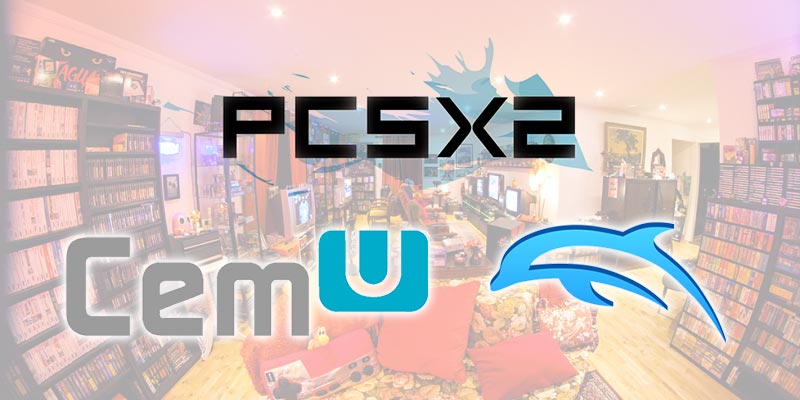
Over the course of the past few decades, emulators on PC have skyrocketed in popularity. Today, we’re going to cover the most cutting-edge emulation experiences available on the PC platform, and all you need to know about them.
What is an emulator?
When people speak about emulators, they’re usually referring to game console emulators, like the ones we’ll be discussing today. While emulators exist for all kinds of hardware configurations and operating systems, the gaming console variants are by far the most popular.
An emulator essentially serves as a virtual version of whatever console its imitating. An NES emulator is imitating, or “emulating”, an actual NES. High-level emulators sacrifice accuracy for higher performance, while low-level emulators sacrifice performance for cutting-edge accuracy.
Many of the emulators on this list trend closer to high-level emulation, but a few of the cores in RetroArch are actually low-level emulation of older consoles. We’ll dive into more detail on these emulators when we get to them.
For now, let’s talk about what you’ll need…
What should I have before emulating games?
Ideally, you want a decently-strong PC and suitable controllers. For the most authentic experience, you want to use the controllers for the consoles that you’re emulating. If you want to do this, however, you’ll need to find suitable USB adapters, drivers where necessary, and be willing to configure your controllers per-emulator. This is alleviated by RetroArch, but we’ll dive into more detail there for RetroArch’s entry.
Re-iterating, here are the basics that you’ll need:
- A suitably powerful PC. In general, emulation has much higher CPU requirements than GPU requirements. We recommend an Intel i5 or higher, especially for emulators like PCSX2 and Cemu. GPU requirements are generally more flexible, but you may want to start at the level of a GTX 1050/RX 560.
- An XInput-compatible gamepad. XInput is an input method for Microsoft’s Xbox controllers. Xbox 360 Controllers, Xbox One Controllers, and a few other gamepads on the market support XInput, and should be the easiest to use and configure across emulators. We recommend an Xbox One Controller for this purpose.
What are the benefits of emulation?
There’s a few key benefits to emulation that we’re going to go ahead and list below.
- The ability to revisit your childhood favorites. If you’re nostalgic for the classics but don’t have your old console anymore, you may be worried that you aren’t able to play them anymore. Fortunately, emulators help you overcome this- the older the system, the more likely you’ll be able to run it on your (presumably) modern PC, as well.
- The ability to upscale and enhance classic games. Old games, especially old 3D games, can age poorly. With sub-HD resolutions and sub-60 framerates, games that blew your mind on the PlayStation or GameCube in their heyday can end up feeling quite muddy and obsolete. Using emulation, you can play games at higher resolutions and framerates than were possible on their original consoles. Some emulators, like Dolphin, also support custom texture packs that you can use to further enhance your visuals!
- Convenience. If you have all your consoles on hand but simply don’t feel like pulling them out and hooking them up whenever you want to play them, an emulator can save your time and energy. While you do need to do some extra configuration to get them up and running, emulators can be much more convenient in the long run.
- Saving money. Finally…saving money. Let’s face it, if you want to revisit your childhood classics, chances are your old consoles are broken, lost or sold by now. Particularly rare consoles can be a pain to get a hold of on the secondhand market, as well. All the emulators listed here are free, and, in theory, could save you hundreds of dollars in console purchases.
The “saving money” point leads us right to another question, however…
Are emulators legal?
Yes.
Legal precedent has been established that protects emulators, which is why the numerous emulators listed in this article haven’t been taken down by console manufacturers- if they would, they could, but they can’t. If you don’t have time to watch the video linked above and you still have concerns, we’ll quickly summarize the main points below and address a few other legality concerns while we’re at it.
The precedent that confirmed the legality of emulators can be found in two court cases from the late 90s and early 2000s. Specifically, the fight was between Sony and two PlayStation 1 emulators, which Sony felt were infringing on their copyright and competing unfairly, especially since they could actually improve the visuals of emulated titles.
The gist of the issue was that, with an emulator and a sufficiently-powerful machine, people wouldn’t need to buy Sony consoles at all. Instead, all they would need to do is purchase the emulation software and the games- or pirate them, a possibility made easier without the safeguards of official hardware.
Ultimately, the court cases all concluded in favor of emulation, making it legitimate. However, the costs of legal proceedings and the small victories that Sony did manage ended up knocking the companies responsible out of the running. While the emulators discussed in the video above are no longer available, don’t worry: we have some much better options listed below.
On the subject of legality, there’s one more thing we need to talk about: the games that you’ll be playing.
While emulation is legal, piracy is not. You are responsible for legally obtaining and ripping your games for emulation. We are not responsible for how you acquire your games and what consequences may come with it.
With that important disclaimer out of the way, let’s dive into our top picks!
Our Recommendation
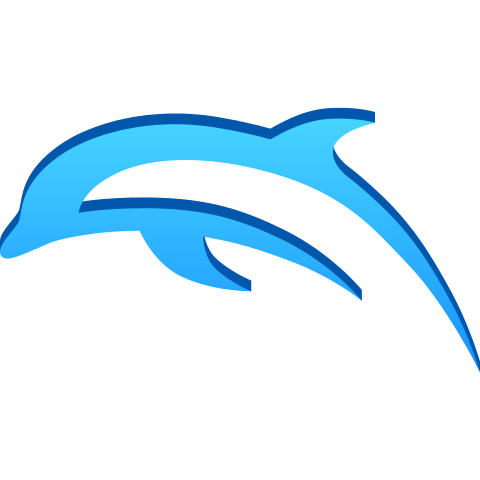
Dolphin Emulator (Nintendo Gamecube and Wii)
Pros
- Unparalleled compatibility and accuracy
- Great performance optimization and plentiful configuration options
- Compatibility with real Wii and GameCube input methods, via Bluetooth and the Wii U GameCube Controller Adapter, respectively
- Support for extensive modding, including custom textures, 60 FPS patches, and more.
Cons
- Configuration can be intimidating for new users
- Stable branch isn’t updated very frequently, resulting in significant performance and feature losses between stable and the current developer branch
Dolphin is our top pick, thanks to its unparalleled compatibility, extensive feature set, and stellar performance. The development of Dolphin started back in 2003, and became an open source emulator in 2008. Since becoming open source, over 200 people have contributed to the project on Github, and the emulator is always getting updates to add features, fix bugs, and improve performance.
While Dolphin started as a GameCube emulator, the architectural similarities between the GameCube and the Wii allowed Dolphin to expand to the latter console. This allowed Dolphin to be capable of playing Wii games at HD resolutions before the lifecycle of the console even ended, most famously the two Super Mario Galaxy games.
Dolphin is the emulation community’s crowning achievement. If you’re worried about getting it set up, I’ve actually written a guide over at MakeTechEasier to help you do so.
Runner Up
RetroArch (Almost Everything)
Pros
- Can emulate a ton of systems
- Only need to set up your controller once, if at all
- Controller and TV-friendly interface
- Plenty of customization options
- Emulation cores are easy to acquire, set up and access when combined into a single application
Cons
- Certain cores still acquire extra configuration/BIOs files
- Which cores to get requires research or trial-and-error
- Certain cores, like the Dolphin core, are actually worse than their standalone counterparts
RetroArch is not an emulator in the traditional sense.
Rather, RetroArch is a front-end for literal dozens of emulators, which appear as downloadable “cores” inside the application. There are cores for just about any retro system, and even a few modern systems, like the GameCube. (We don’t recommend using modern cores in RetroArch, though.)
The primary benefit of the “core” system in RetroArch is convenience. You only need to configure your controller for the entire frontend once- in fact, XInput controllers are already perfectly-configured on launch! This means that you don’t need to worry about configuring controls per-system, so long as you’re using a RetroArch core.
Additionally, RetroArch boasts an interface that can be controlled entirely through a console controller, making it ideal for usage in the living room or on a TV, where you may not have access to a mouse and keyboard.
If a system isn’t covered by one of the emulators on this list, we recommend the corresponding RetroArch core. In particular, PS1 emulation and older are all superb in RetroArch and arguably better than any standalone solutions.
We recommend against using recent systems in RetroArch, though. The Dolphin core in RetroArch is very outdated compared to the current standalone Dolphin builds, for instance.
Everyone Else
PCSX2 (PlayStation 2)
Pros
- The best PS2 emulator out there
- High compatibility and plenty of customization features
Cons
- Lower-level emulation means higher performance requirements than, say, Dolphin
- Stable branch is outdated by multiple years and missing key compatibility features for certain titles, like Ratchet and Clank
- Unintuitive plugin-based configuration and setup
- Need to acquire BIOS
PCSX2 is yet another modern granddaddy of the emulation scene, serving as an emulator for one of the most popular consoles of all time. In terms of PlayStation 2 emulation, you won’t find anything better than this, but there are a few key downsides that we do need to discuss.
Most important of these downsides is the plugin-based nature of this emulator. While getting the plugins isn’t a problem, it means there’s much more configuration to be done when setting up PCSX2 than with other, more unified emulators.
Additionally, you’ll need to acquire a BIOs. The only legal way to do this is by ripping it from your own PS2 console, which can take quite a while. Downloading a BIOs file is an alternative option, but is illegal, so we recommend against doing so.
Finally, despite being comparable in age to Dolphin, PCSX2 has not made nearly as much progress. Across the board, compatibility and accessibility aren’t nearly as fine-tuned as the Dolphin Emulator, and the performance requirements tend to trend a little higher, too.
That being said, this is still the best emulator for one of the best consoles of all time, the PlayStation 2. If you want to emulate PS2 games, this is pretty much the only way you’re going to do it- we just recommend staying on top of developer builds if you’re going to do so.

PPSSPP (Sony PSP)
Pros
- Great performance, even on low-end systems
- Easy gamepad and graphical configuration
- Very high compatibility
- Open-source and cross-platform, making it playable on Android phones
Cons
- The interface is the same across devices, so it can look a little cramped on desktops
Despite its age, PPSSPP is a genuinely impressive emulator. It’s fairly young, but it already has really great compatibility and performance. It’s even cross-platform, which means you can run it on an actual Android phone and play these games on the go, as originally intended!
Honestly, there’s…not too much to dive into here. If you want to learn how to get it up and running, click here to read an article I wrote on that for Racketboy. Once you’ve got it set up, all that’s left to do is (legally) acquire your games and have a blast playing them, whether on your Windows PC or on your Android phone.
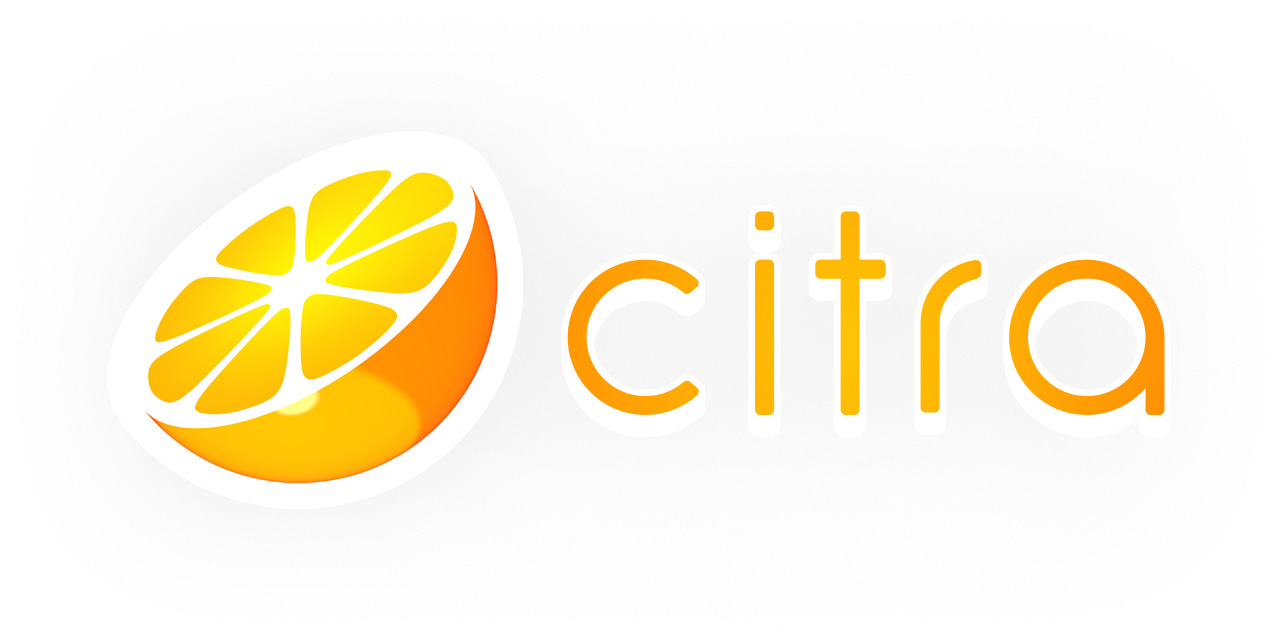
Citra Emulator (Nintendo 3DS)
Pros
- Great performance
- Pretty solid compatibility for its age
- Generally-easy configuration
Cons
- Certain titles require numerous extra steps to get working- namely Pokemon games
- Games that make extensive use of 3DS features like the gyroscope or 3D will be inherently worse on Citra
Citra is where we really start hopping the threshold from older, more reliable emulators to modern and cutting-edge emulators. Citra emulates the Nintendo 3DS, which was released in 2011 and is still getting new releases to this day. When it comes to emulation, this is a pretty young console to be tackling, especially to the degree of success that Citra enjoys.
The biggest, best titles on the 3DS are all playable on Citra. Ocarina of Time 3D, Majora’s Mask 3D, Kingdom Hearts 3D, Smash Bros…all of these games are totally playable on Citra and run great on the emulator.
However, there are a few downsides to Citra. Aside from the cons we’ve listed below, getting analog sticks working properly on the emulator can be a problem. To get around this controller configuration issue (if you’re using an XInput gamepad), check out this video.
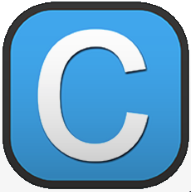
Cemu Emulator (Nintendo Wii U)
Pros
- Insanely fast progression in development
- Surprisingly solid performance in many games
- Compatibility with original Wii U controllers
Cons
- Lots of setup required- shader caches, configuration, etc
- Not as user-friendly as other options on this list
- Extremely high CPU requirements
- Latest and greatest versions are behind a Patreon paywall
Cemu is the current cutting-edge darling of the emulation scene. Like Citra, Cemu exists to emulate a very modern console- the Wii U, which was released in late 2012. Unlike the 3DS, the Wii U is also a fully-fledged home console, which means that emulating it is a much more complex and performance-intensive task.
Despite the young age of the console and the emulator, Cemu has been making unprecedented leaps in performance and stability since its launch a few years ago. It’s capable of emulating games like Breath of the Wild, for instance, except enhanced with resolutions as high as 4K and modified with different anti-aliasing solutions, a 60FPS patch, and more.
Cemu’s biggest downside is probably performance requirements. Of the emulators on this list (aside from maybe RPCS3, listed below), Cemu has the highest overall performance requirements, with even some i5 processors struggling with the emulator on certain titles.
However, it displays a truly impressive level of performance and compatibility for its age. Aside from the Breath of the Wild headline, Cemu is also capable of playing games like Super Smash Bros. For Wii U, Bayonetta 2, and Super Mario 3D World.
It’s also a closed-source emulator funded by Patreon supporters, which seems to have enabled a much faster progression than possible with other emulators. The team working on Cemu may be smaller than the wider open-source communities working on other emulators, but they’re also able to work on Cemu as a full-time job, which seems to be allowing a much faster development pipeline.
If you have a beefy PC and are willing to go through all the configuration nonsense, Cemu comes highly recommended.
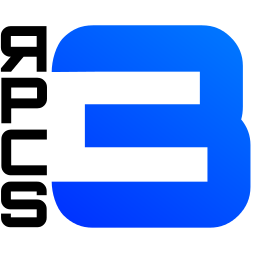
RPCS3 (PlayStation 3 Emulator)
Pros
- Reasonably fast development progression
- Great performance in a few games
Cons
- High performance requirements
- Very limited compatibility
Last up is RPCS3.
First of all, let’s give praise where it’s due. That RPCS3 exists at all is a crowning achievement- the ability to emulate the PS3 and its obscure Cell architecture is genuinely incredible. If you remember having troubles with multiplatform titles during the PS3/360 generation, the PS3’s Cell architecture was likely the reason why. While fairly powerful when used well, the Cell architecture was a far cry from a PowerPC or x86 architecture common back then, making it much more difficult to develop for than the Wii, 360 or even the original PS2. For this reason, PS3 emulation was assumed impossible…
Until now. The RPCS3 emulator may be in relatively early stages, but its development team has proved beyond a doubt that the PS3 can be emulated. Unfortunately, this doesn’t mean that it’s made Dolphin-levels of progress- yet. While the compatibility is limited at this stage in development, the Vulkan API has resulted in some surprisingly great performance numbers, and has made many mainstream games fully-playable in the emulator. Most notable of these games is Demon’s Souls, which can be upscaled to 4K and made to look even better than its sequels on the original PS3.
Aside from the few games where it excels, though, RPCS3 isn’t a very solid emulator yet. We wouldn’t recommend this for the vast majority of PS3 games, but if you have something you want to play, check out their compatibility tab. If it’s marked as Playable, give the emulator a shot and tell us how it works out for you! For most other folks, though, we recommend waiting until RPCS3 is a bit further along in development before using it on a regular basis.




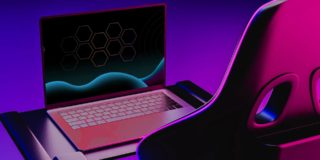
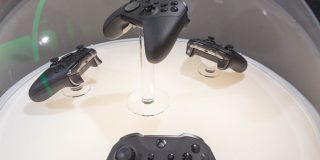
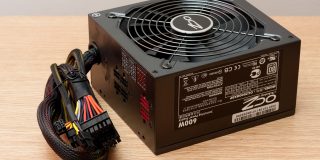

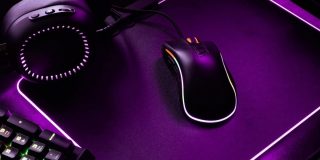








2 thoughts on “The Best Game Emulators for the PC – Dolphin, Cemu and more!”